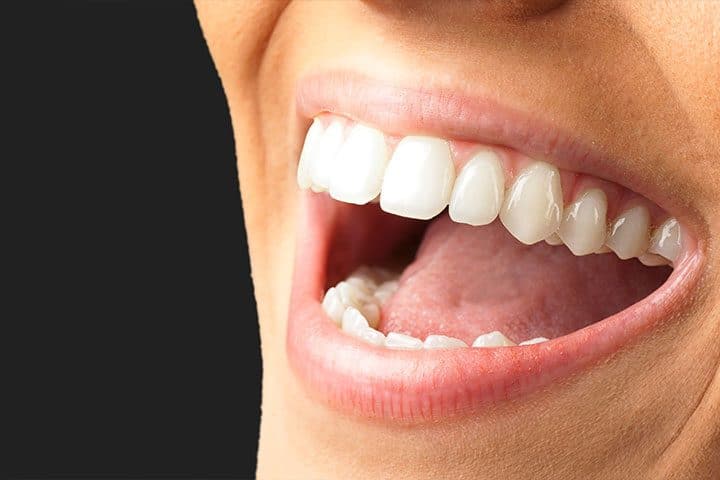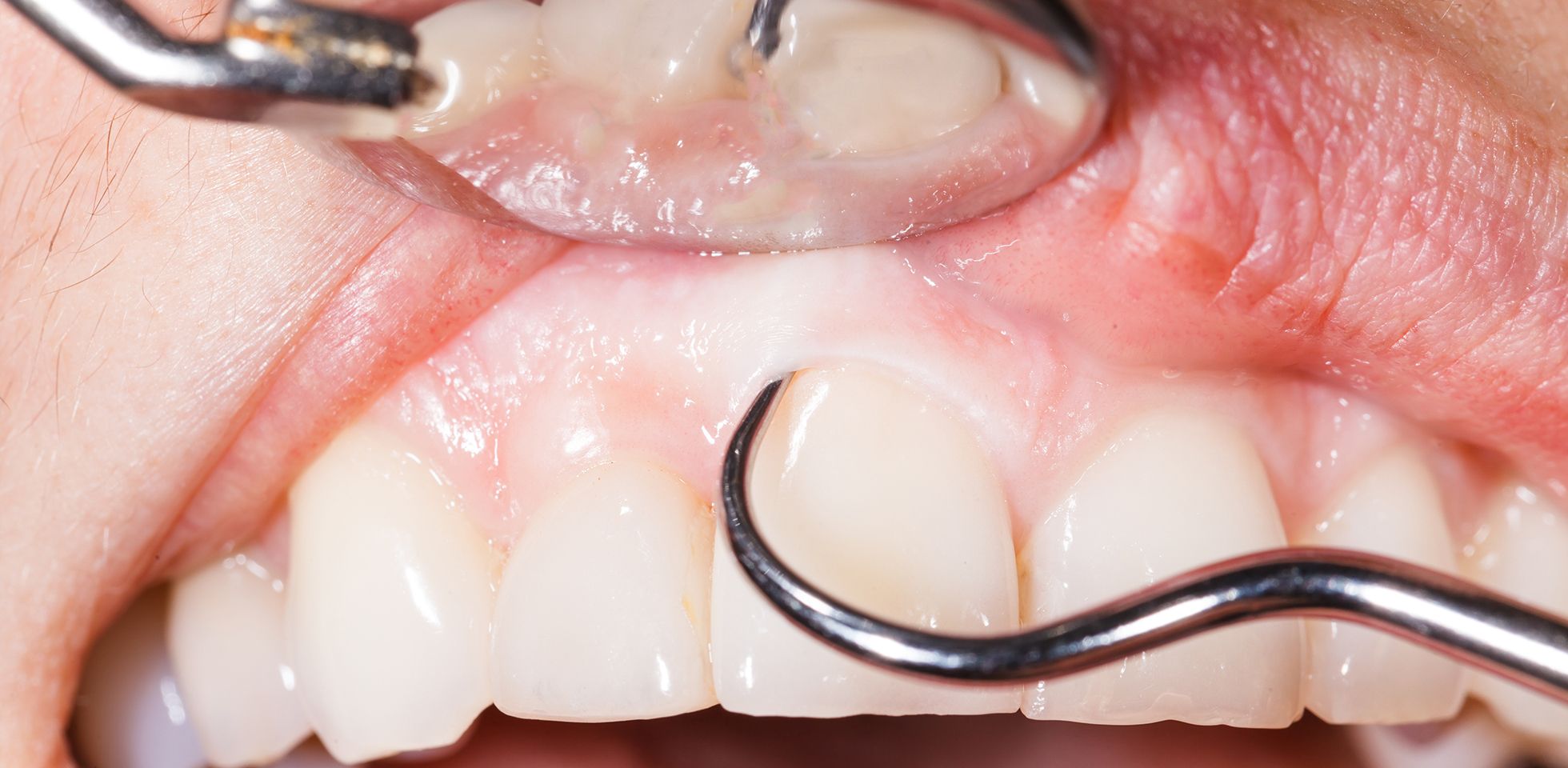
Broken jaw is the second most common facial injury after
nose injury, which is the most frequent one. This injury happens due to
fracture in the joints of jaw. If we look at the statistics, men are 3 times
more likely to get their jaws broken.
Causes for broken jaw
Major reasons for broken jaw include the following.
- Assault
- Motor vehicle accidents
- Injuries during sports
- Falls
Symptoms of broken jaw
- The most common sign of broken jaw is the pain.
- When the jaw is broken, you may not be able to get your teeth fitted correctly when you close the mouth. You may not be able to open your mouth all the way. Moreover, a broken jaw makes it very difficult to eat and speak.
- The breaking of jaw can cause damage to the nerves nearby. You might feel numbness in the lower lip and chin due to this nerve damage.
- You may see bleeding inside the mouth or the natural lineup of teeth may not be in good shape. Bruising under the tongue is another symptom of broken jaw.

Medical tests
Your dentist may decide to run some tests to check for the
damage done due to broken jaw. Physical tests and dental x-rays are the most
common tests that are run to check the existence and severity of a broken jaw.
- The physical test involves general inspection of the face in order to analyze the deformity, bruising and swelling. The TMJ will also be inspected in this regard.
- Your dentist if going to check the movement of your mandible. After the external exam is completed, the dentist is going have a look of the inside of your mouth. The doctor may ask you to bite down so that the bite alignment could be checked.
- The straight blade test will be done to check the stability of your bite. The wooden stick, also known as tongue depressor, will be placed between your teeth and then you will be asked to hold it with your teeth.
- Dental x-ray is the most appropriate test to check for the broken jaw. The best dental x-ray test is the panoramic because it provides complete picture of the teeth and both of the jaws. If the dentist doesn’t find this test quite elaborated, you may get a recommendation for CT scan.
Treatment for broken jaw
When you have a broken jaw, the first thing you will be concerned
about is to get relief from jaw pain. Therefore, you may need to apply ice pack
until you reach the dentist’s office. In case the jaw pain is not due to
fracture but due to an impact, your dentist may suggest you some medications to
treat the pain and its root cause. However, the case can get a bit complicated
if you have a fractured jaw.
- In most cases, the mandible fracture is stable. In those situations, your dentist may decide to only stitch the upper and lower teeth together. This procedure is done mostly by an oral or maxillofacial surgeon.
- If the fracture is unstable, your dentist may decide to refer you for an oral surgery which is going to be a bit more complicated as compared to the treatment for stable fractures.
After the surgery is done, you will need to follow
instructions by your surgeon. You will also need to make sure that you visit
your dentist to check if you are doing well after the surgery.

